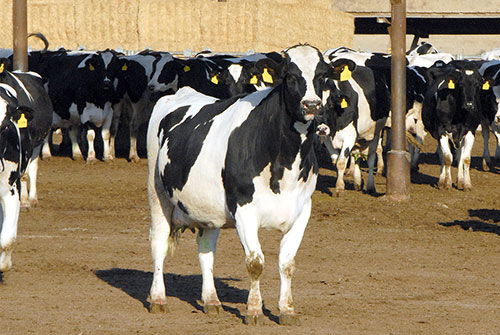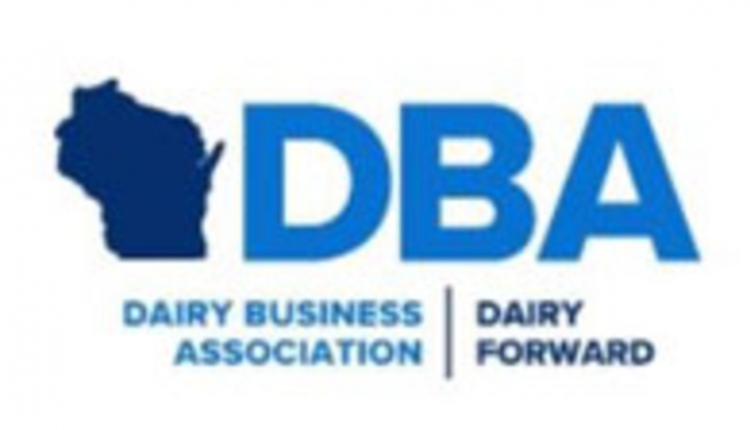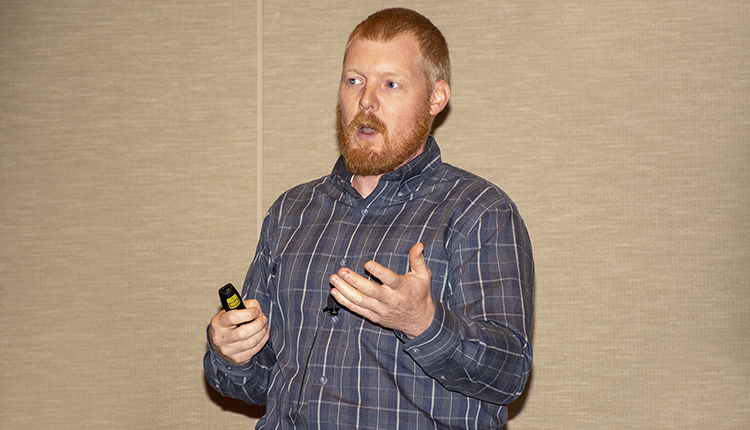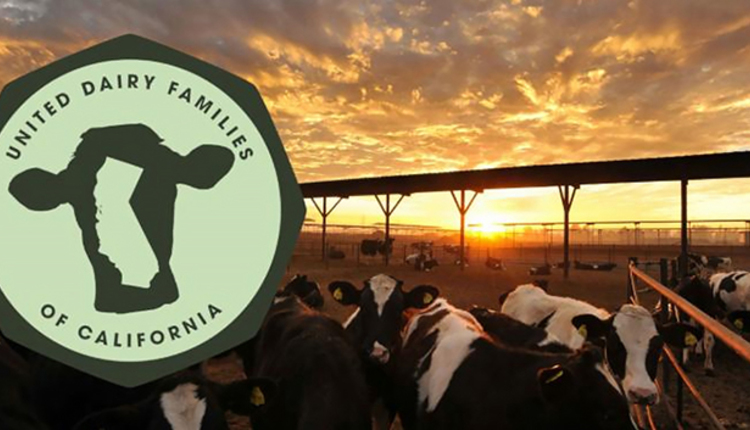
It has been nearly two months since the three largest dairy cooperatives in California submitted a formal proposal to USDA to establish what would be the biggest Federal Milk Market Order (FMMO) in the country.
It was a highly detailed plan that the co-ops, which represent over 75 percent of all milk made in the state, took great time and care to prepare. Despite what on the surface looks like a high likelihood of success, dairy experts both inside the state and out are effectively saying "don't count your chickens before they are hatched."
Reasons for that caution are discussed in a guest opinion article that will appear in the April 25 issue of Hoard's WEST, authored by David Ahlem, chief operating officer of Hilmar Cheese Co. in Hilmar, Calif., and Andrew Novakovic, a professor of agricultural economics at Cornell University in Ithaca, N.Y.
Ahlem points out that several key questions remain to be answered, such as: Does disorderly marketing exist in California sufficient enough to require an FMMO? How will the quota system legally operate in an FMMO? Are there sufficient legal and economic grounds to require mandatory processor pooling and payment of FMMO minimum milk prices by all processors and manufacturers?
Novakovic offers several comments about perhaps the key component of the California co-ops' proposal: continuation of the state's milk pool quota system. While authority to do so under an FMMO was included in the 1996 farm bill and was reaffirmed in 2014, he warns that doesn't mean the current program would be copied in whole by USDA.
"I don't think the language of the 1996 farm bill requires USDA to adopt the California pool quota plan precisely as it is. It simply says a California order shall have a re-blending provision to recognize quota value," he says.
A link to the entire article can be found here.
(c) Hoard's Dairyman Intel 2015
April 27, 2015








